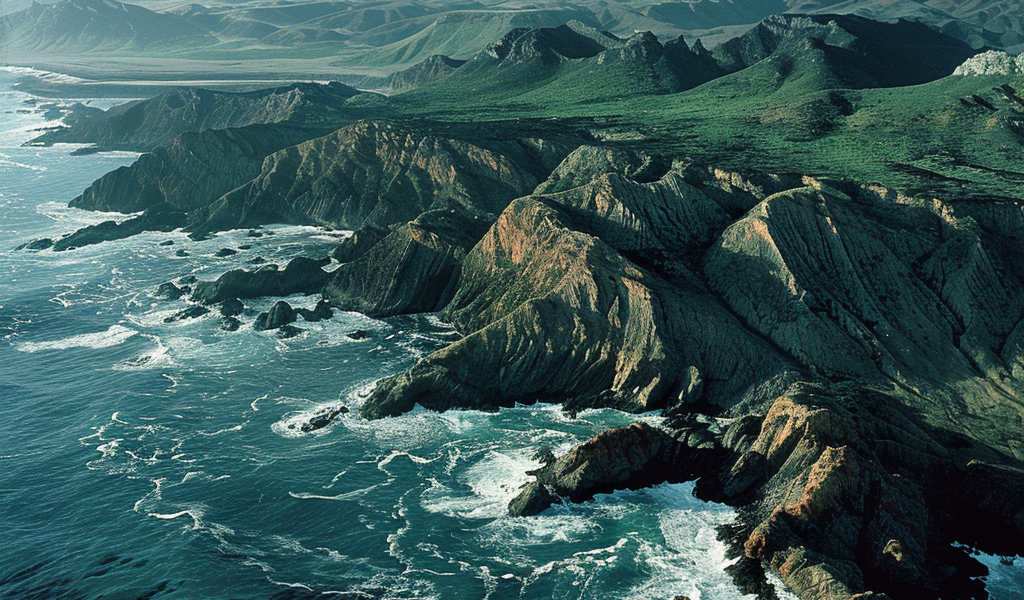Strange Structures Discovered in the Pacific Could Revolutionize Our Understanding of Earth’s History
Strange structures discovered in the Pacific could change our understanding of Earth
A recent study led by geophysicist Simon Lamb and scientist Cornel de Ronde has revealed surprising findings that could revolutionize our understanding of the Earth’s early history and the origins of life.
The study focuses on two remote sites, one in South Africa’s Barberton Greenstone Belt and the other on the seafloor off the coast of New Zealand. The research suggests that these locations hold the key to unraveling the mysteries of the planet’s infancy.
According to the scientists, the geological formations in the Barberton Greenstone Belt have long puzzled researchers due to their inconsistency with the widely accepted understanding of plate tectonics at the time. However, a new, detailed geological map created by de Ronde has provided crucial insights, revealing a fragment of the ancient deep seafloor created some 3.3 billion years ago.
The researchers argue that the traditional view of the early Earth as a fiery ball of molten magma, incapable of forming rigid plates and experiencing earthquakes, is flawed. Instead, they propose that the young planet was constantly rocked by large earthquakes triggered by tectonic plate movements in a subduction zone.
By comparing the rock layers in the Barberton Greenstone Belt to more recent submarine landslides in New Zealand, the scientists have identified striking similarities, leading to the conclusion that the early Earth experienced seismic activities similar to those observed in modern times.
These groundbreaking findings could potentially reshape our understanding of Earth’s geological history and provide unexpected insights into the origins of life on our planet.





